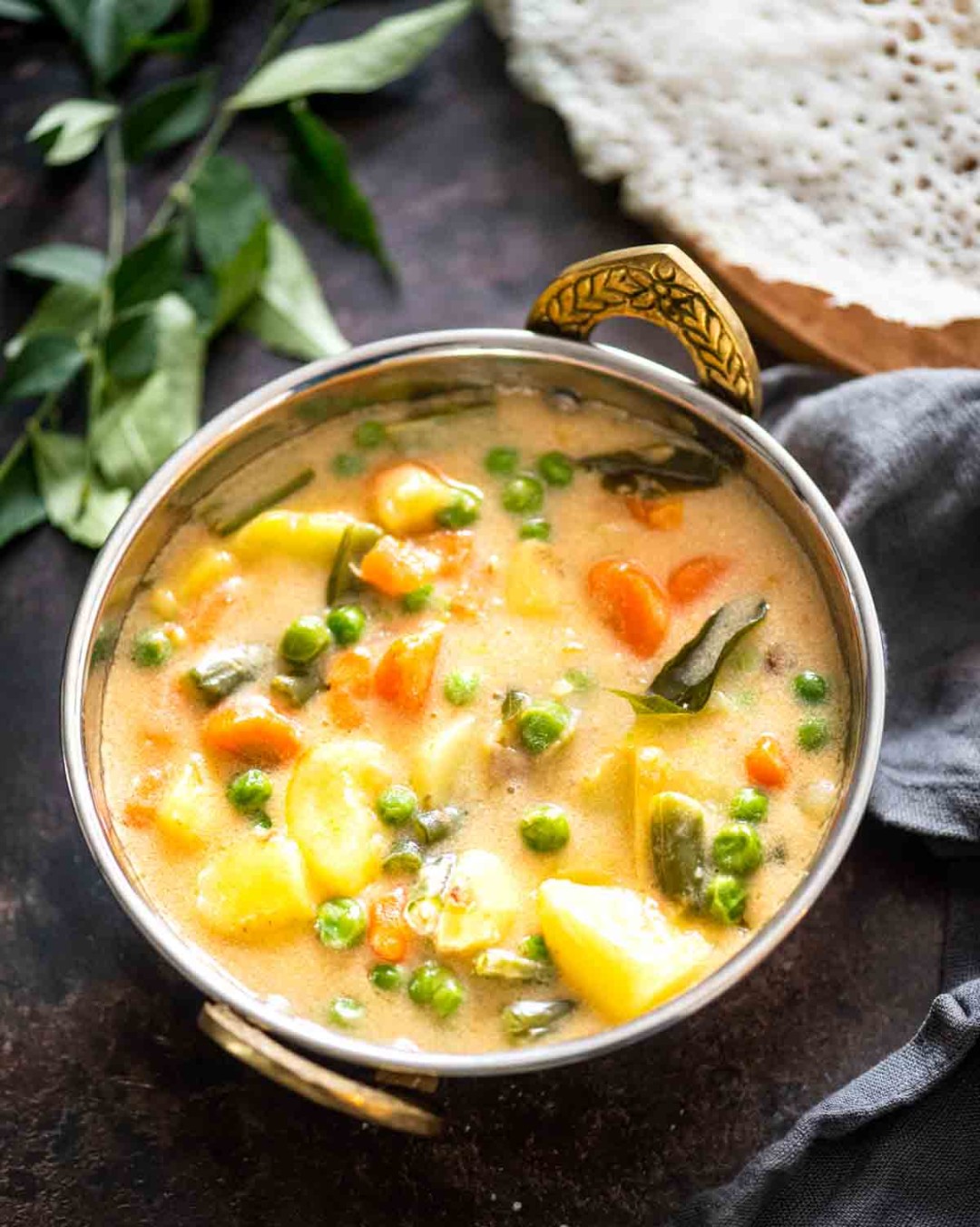Stew Vegetables: A Gardener’s Guide
Stew vegetables are a staple in many cuisines worldwide, offering a hearty and flavorful addition to soups, stews, and casseroles. These versatile vegetables not only enhance the taste of your dishes but also provide essential nutrients. When grown in your own garden, stew vegetables offer a fresh and locally sourced option.
Several vegetables are commonly used in stews. Some of the most popular options include:
Root Vegetables: Carrots, potatoes, parsnips, and turnips offer a rich, earthy flavor and a dense texture.
The best time to plant stew vegetables depends on your local climate. In general, root vegetables and winter squash are planted in the spring, while cabbage family vegetables can be sown in both spring and fall.
Soil Preparation: Prepare well-draining soil rich in organic matter. Amend the soil with compost or well-rotted manure to improve its fertility.
Harvest stew vegetables when they reach maturity. Root vegetables can be harvested in the fall, while winter squash and cabbage family vegetables can be stored for several months in a cool, dry place.
Growing your own stew vegetables is a rewarding experience that allows you to enjoy fresh, flavorful produce all year round. By following these tips, you can cultivate a bountiful harvest of these versatile vegetables.

